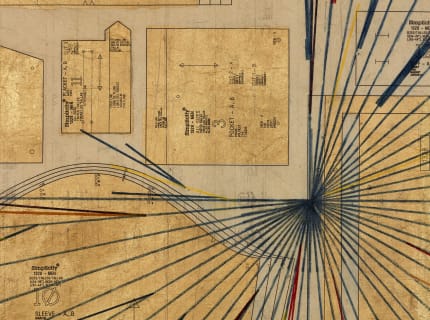Pacha, Llaqta, Wasichay: Indigenous Space, Modern Architecture, New Art: Whitney Museum of American Art
Ronny Quevedo included in the group exhibition Pacha, Llaqta, Wasichay: Indigenous Space, Modern Architecture, New Art at the Whitney Museum of American Art, New York.
The institution's press release follows:
Pacha, Llaqta, Wasichay: Indigenous Space, Modern Architecture, New Art investigates contemporary art practices that preserve and foreground Indigenous American notions of the built environment and natural world. The three words in the exhibition’s title are Quechua, the Indigenous language most spoken in the Americas. Each holds more than one meaning: pacha denotes universe, time, space, nature, or world; llaqta signifies place, country, community, or town; and wasichay means to build or to construct a house. Influenced by the richness of these concepts, the artworks explore the conceptual frameworks inherited from, and also still alive in, Indigenous groups in Mexico and South America that include the Quechua, Aymara, Maya, Aztec, and Taíno, among others.
The show features the work of seven emerging Latinx artists based in the United States and Puerto Rico: william cordova, Livia Corona Benjamin, Jorge González, Guadalupe Maravilla, Claudia Peña Salinas, Ronny Quevedo, and Clarissa Tossin. Their works investigate the complex relationship that indigenous and vernacular notions of construction, land, space, and cosmology have had in the history of modern and contemporary art and architecture in the Americas.
This exhibition is organized by Marcela Guerrero, assistant curator, with Alana Hernandez, curatorial project assistant.


